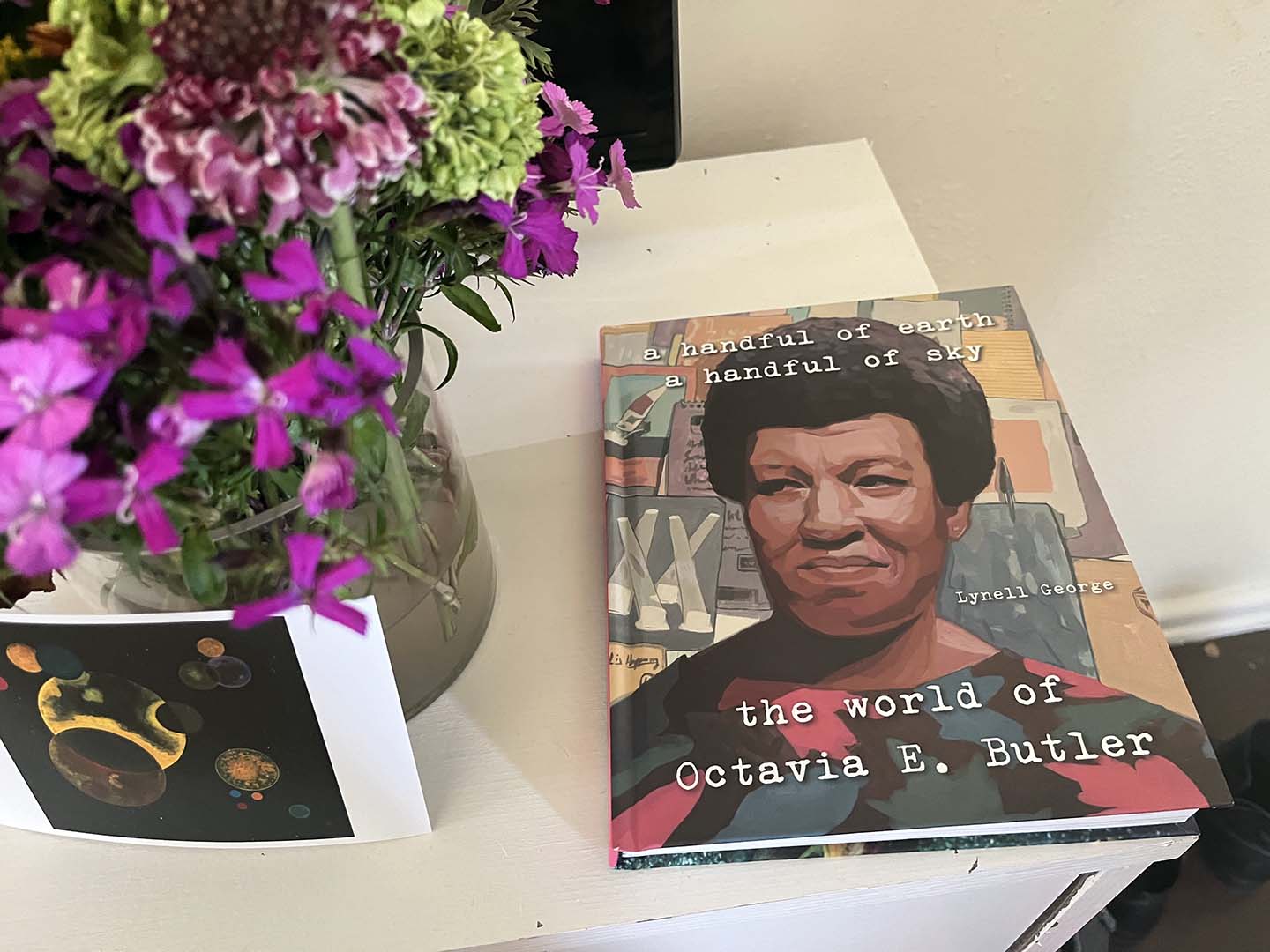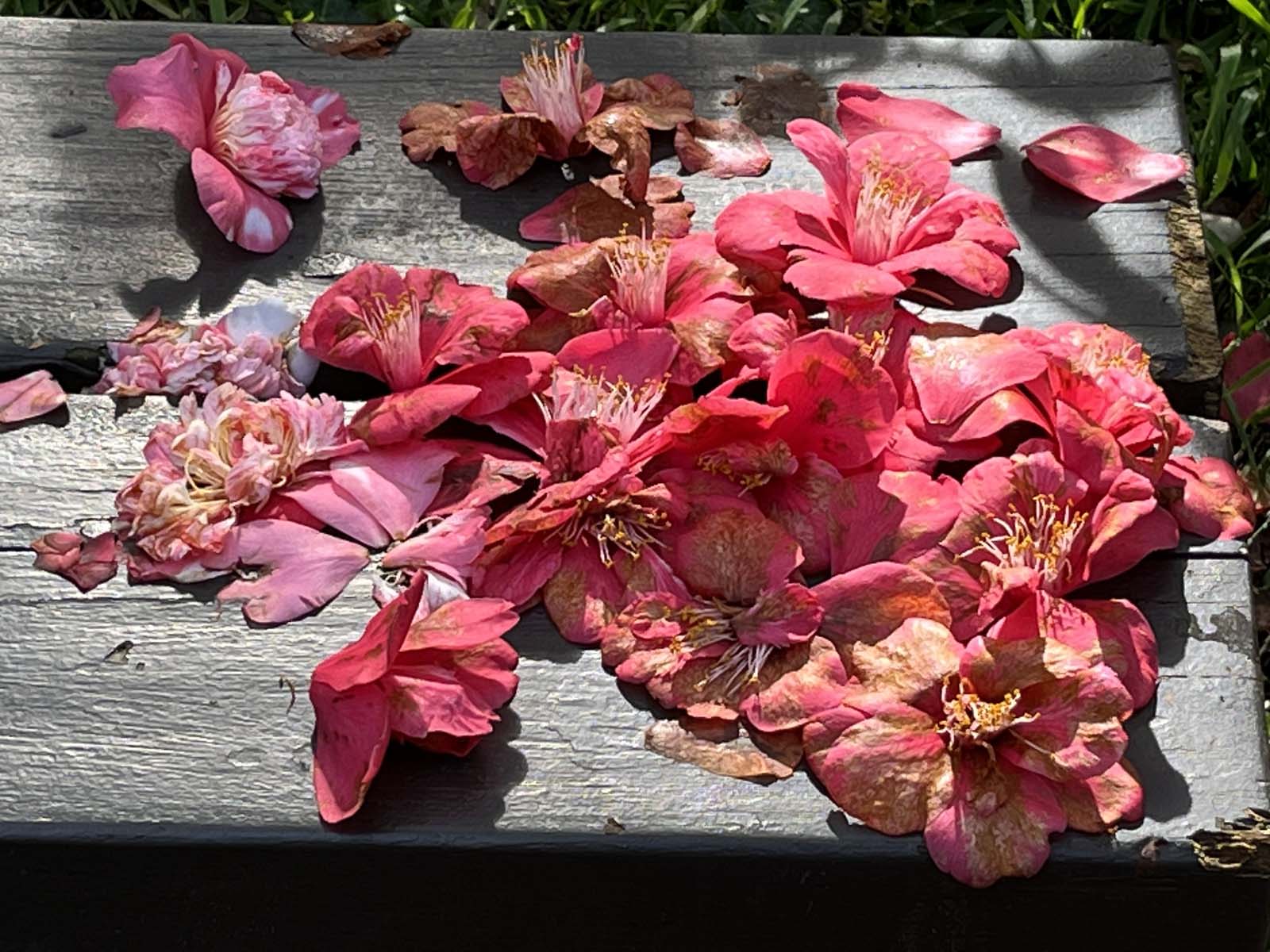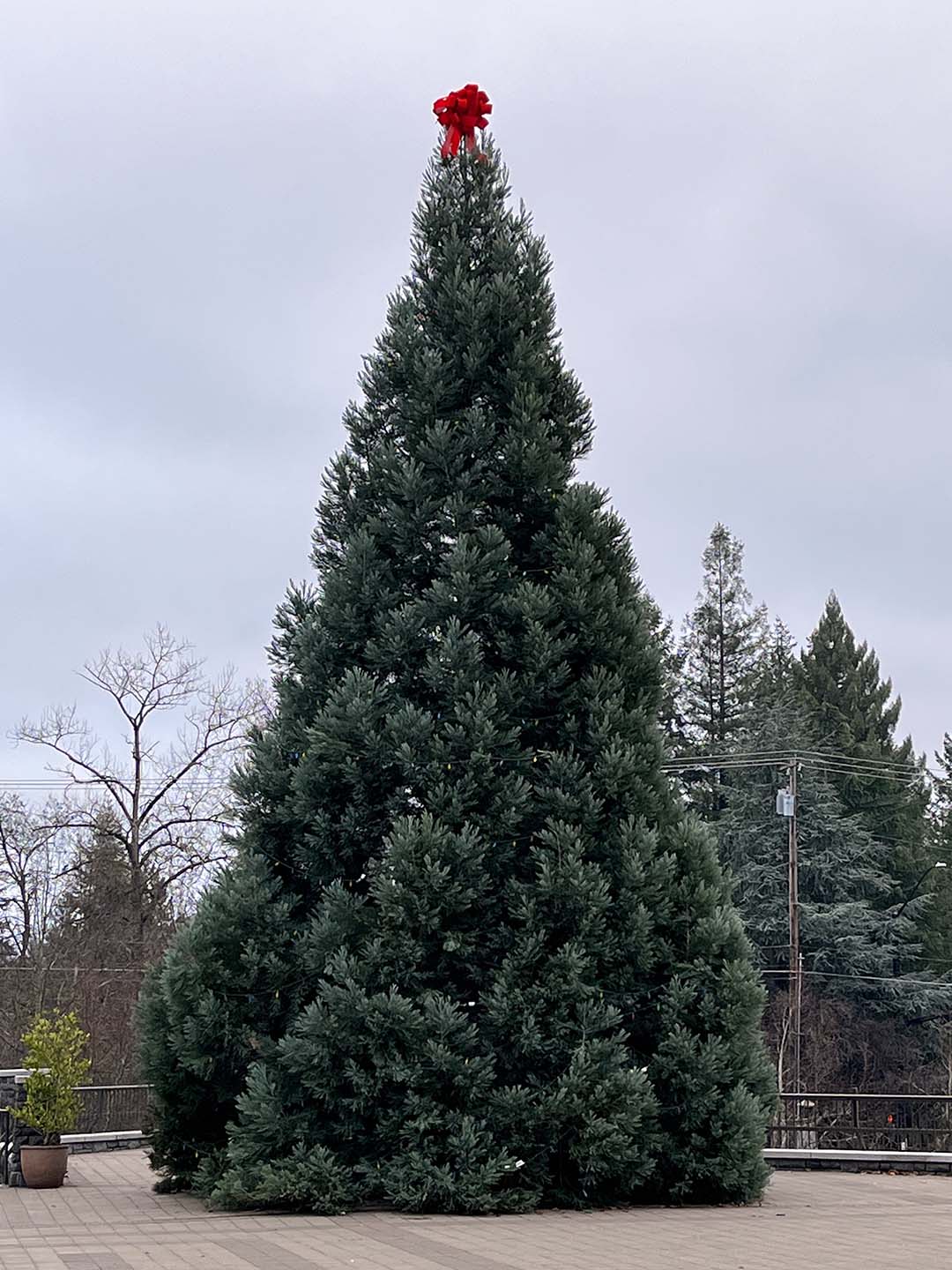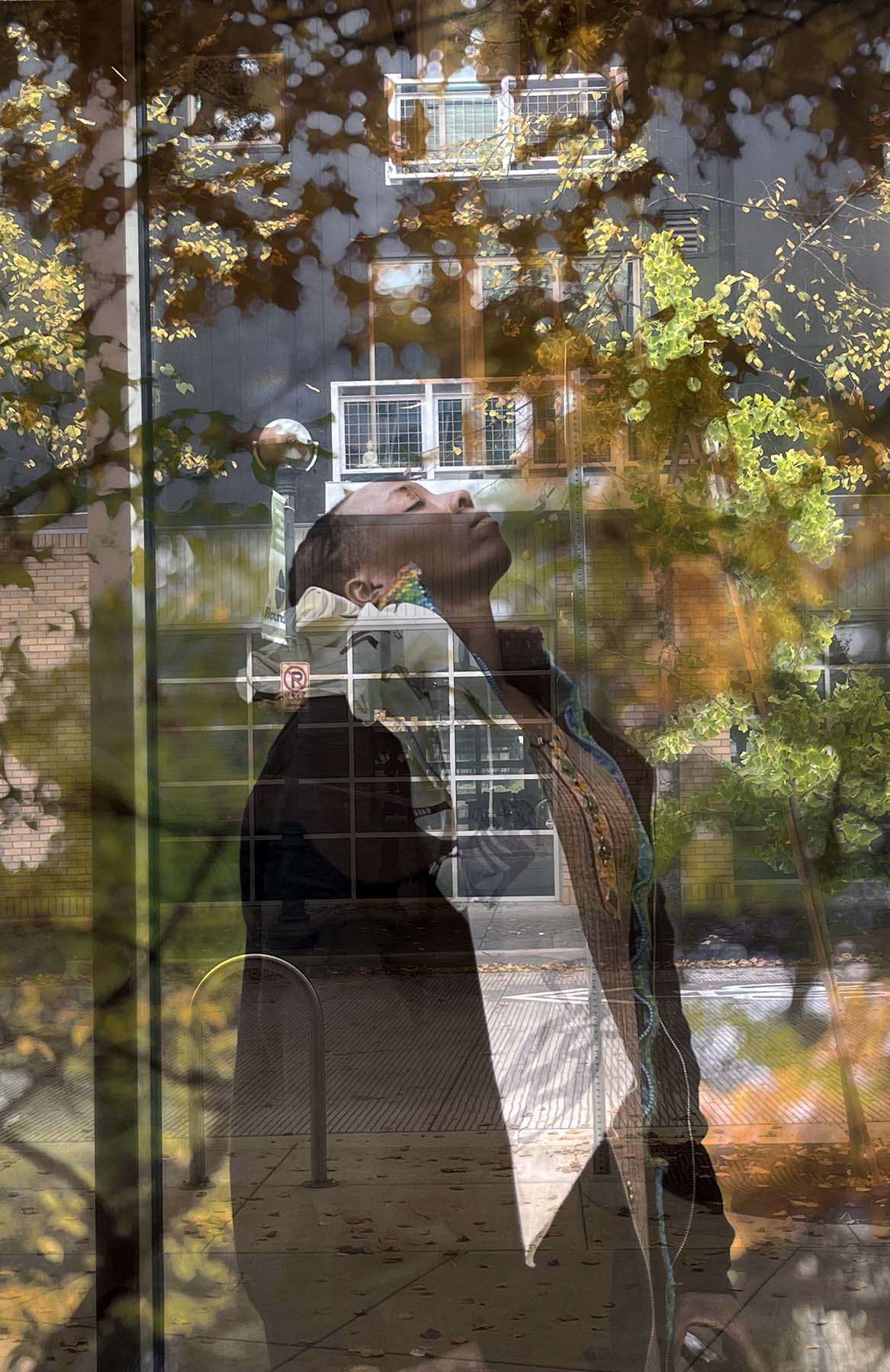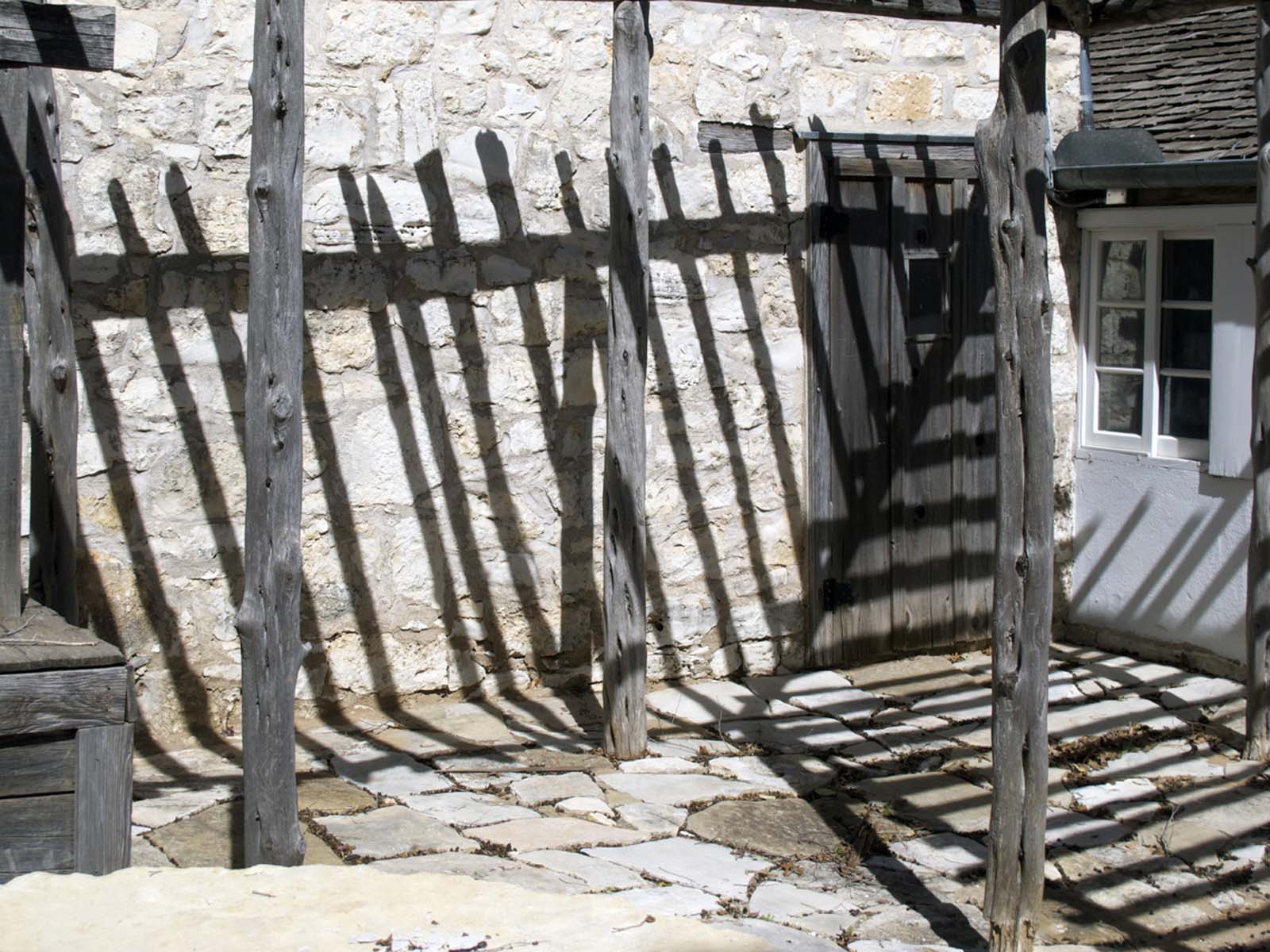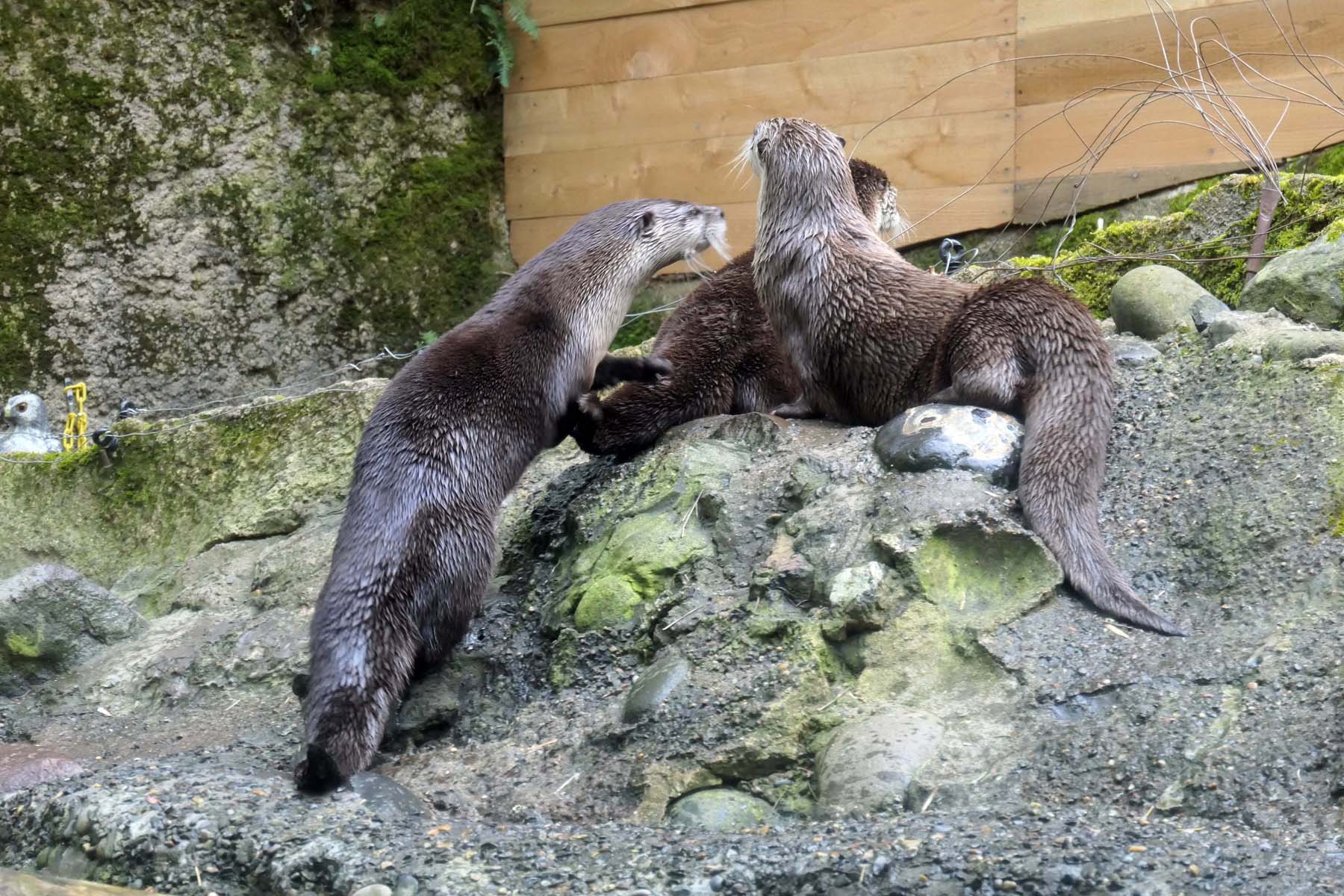We had a dusting of snow this week, lasting not even a day. Coincidentally, I was cleaning out some closets and found a number of calendars from the 1990s, beautiful, huge art reproductions on linen paper, sent to me as gifts from Germany. Most of them were intact – I had only ripped out a few of my favorite pages to put into thrift-store frames at a time when we did not have the funds to put original art on the walls. I went to look for the winter months, and there they were – impressionistic renditions of snowy scenery.

All of the calendars featured painters from an artist colony that was established in the late 19th century in the small hamlet of Worpswede. The village in the state of Lower Saxony, close to the wealthy and bourgeois Hanseatic league city of Bremen, was a haven for young, academically trained artists trying to escape urban centers and an increasingly industrialized society, longing for a return to nature and establishing a utopia of communal living. In a way, they withdrew from reality and any attempt to use art as a means of engagement with a new technology-driven society, changing at a rapid pace. Instead they expressed longing for an ideal, intact world (heile Welt), and pursued new aesthetic criteria to express their belonging to a Germanic world, their northern roots. They hoped to mutually sustain each other pragmatically and artistically, in a region that was cheap, in fact so poor that almost every single crop sharer had multiple children emigrate to the U.S. at the time, because the land could not feed large families.

Starting in 1889, the three founders, Fritz Mackensen, Hans Am Ende and Otto Modersohn first lived with farmers, then in an inn, and eventually started to build their own houses. They were soon joined by numerous other artists, all drawn to the stark landscape of the foggy country side, dominated by peat bogs, heather and moors, a river and canals that allowed small barges to transport the peat. It was close to the sea, windswept, with annually 200 days of rain, flat as a pancake, opening endless horizons, disrupted only by the occasional birch groves and conifers thriving on the sandy loam. In 1901, Rainer Maria Rilke started to visit – you can read about his impressions of the artists and the landscape here. He developed a crush on two young women, a painter, Paula Becker (these days famous in her own right), and a sculptor, Clara Westhoff, who he eventually married since Paula had chosen Otto Modersohn, then a widower and financially secure, instead. Rilke’s essay reads like a long fare-well to a shared vision, now abandoned, since the utopia had not worked out.

It took but ten years for the idyllic artist colony to break apart. Personal rivalries played a role, jealousy about sales, exhibitions and awards. The very first group show in Bremen that exhibited some 34 work of multiple painters, had been a flop. The wealthy burgers clung to their old-fashioned tastes for genre paintings and did not like, much less purchase, the new impressionist art. A fluke visit of this show by Eugen Stieler, president of the Munich Secession, led to an enthusiastic invitation to show at the Munich Glasspalace in 1895 – and they were a sensation. From then on they met with success at all the reputable art fairs and museum shows across the county.
More importantly, the dissolution of the artist group was caused by increasing conflicts around political and ideological issues. They all had read, and were influenced to varying degrees, by a book by Julius Langbehn, Rembrandt als Erzieher, (Rembrandt as Educator) a basic, openly racist text of anti-positivist and anti-rationalist philosophy that was hugely popular at the time. It was about German art, blood and soil, rejection of science and technology (dangerously international, not “völkisch” enough!), an exhortation to any German individual to serve the German spirit and culture. (Ref.)

All should sound familiar to those who know how National Socialism coopted these positions. Several of the painters, foremost Mackensen and Am Ende, did eventually become flaming Nazis, while others withdrew, trying to stay neutral, and one courageous individual – Heinrich Vogeler – completely shifted gears, fighting the Nazi regime, changing his art from romantic Art Nouveau to political agitation prop. He paid for it with his life: he was captured and sent to a Russian penal colony when the Germans invaded Russia, to which he had fled. There he starved to death.

Heinrich Vogeler Barkenhof im Schnee (1910)
***

Heinrich Vogeler Frühling 1897
What strange paths this man trod, what encounters,
experiences, shattering upheavals it took to free him
from the rosy flower-chains of a romantic fairy-tale
world and turn him into an uncompromising fighter in
the ranks of class-conscious workers.]
— Erich Weinert, Introduction to his edition
Vogeler’s Erinnerungen (Berlin: Rütten &
Loening, 1952), p. 14.
Why am I writing about this, rather than letting us all enjoy some pretty pictures? It comes down to the psychological question of what enables people to resist propaganda, while others adopt mind sets that are flamingly immoral. The obvious parallels to our contemporary horror show make an answer to that question ever more pressing.
We are currently facing a concerted attempt to reinstall forms of segregation, assert a hierarchy of value determined by race and gender, with White males on top of the hierarchy. Forget about issues of enrichment, corruption, influence peddling, colonial longings, political persecution, science denial, or all the other things having rained down on us in the last two weeks with the advent of the new administration.There is a basic, open, systematic assault on everything the civil rights movement worked for decades, a century, to achieve. Re-segregation is the order at the federal, state, and local level, not just some purging of DEI initiatives.
Let’s call a spade a spade – you can read in detail about it in the Washington Post here and the NYT here. It is not just about “meritocracy,” the new powers are suing about the very presence of Blacks in our institutions. The US Census Bureau has taken down the statistics for age, sex and race/ethnicity, numbers needed to pursue equality. Women and POC are supposed to be driven out of the workforce – just listen to the President’s comments on the causes for aviation disaster.
Ending all Cadet Clubs and activities for POC at the United States Military Academy, while all religious ones remain, is aimed at re-segregation and elevation of Christian Nationalism.

The introduction of school vouchers that allows schools to accept/reject applicants if they are private, and hollow out the available funds for the remaining public schools, is a tool of re-segregation. Don’t forget that Trump’s judicial nominees almost always demurred when asked in their confirmation hearings whether Brown v. Board was wrongly decided. Doesn’t that make you wonder what the Supreme Court is up to next? The DOGE posse has gotten access to Department of Education data on federal student aid, including the personal information for millions who receive student loans from the government, feeding it into AI to cut funds for the majority poor and POC constituency served by that aid, eliminating thus access to education.
I could go on. We have been there before. You can learn about President Wilson’s attempts to re-segregate federal government in a fascinating book by Eric S. Yellin: https://uncpress.org/book/9781469628387/racism-in-the-nations-service/.

So how does an individual resist the flood of rising racism? For Vogeler it was, I believe, the experience of serving in WW I and realizing what the causes of war were all about, for one. He developed a strong sense of empathy with those unjustly treated in their societies. He also was extremely widely traveled, learning about the nature of hierarchies no matter what nation you looked at, in Europe or Asia, the eternal division between up and down, us vs. them, as a means to protect stratified power.
Most Americans have not served in a war, or, for that matter, left this continent. Their perception of the world is singularly driven by what they learn at home and from the selective exposure to media that knows how to manipulate mindsets. Most importantly, as I have written about in detail already five years ago, we have to look at attitudes being transmitted in a direct connection to the history of slavery. I excerpt it here. (I know, it’s getting long, but it is SO important and you have all weekend thread it….)
“Scientific studies have shown this to be true nowhere more so than in the American South. In their book Deep Roots: How Slavery Still Shapes Southern Politics Avidit Acharya, a political scientist at Stanford, Matt Blackwell, a professor of government at Harvard and Maya Sen, a professor of public policy at the John F. Kennedy School of Government at Harvard, link current conservative attitudes towards gun rights, death penalty and racial resentment in parts of the South directly to a slave holding history.
In a nutshell: Southern Cotton and tobacco industries thrived on chattel slavery, since those crops were extremely labor intense. After the Civil War, those regions’ economic survival depended on finding ways to continue to exploit Black labor. Anti-Black laws and practices, from Jim Crow to the undermining of education and participation in the political sphere, served that purpose.
But there is another important mechanism at work, called behavioral path dependence by the authors: Generation after generation passes down and reinforces beliefs about racial inequality and the need to impede progress of those deemed inferior. Children learn from their parents and teach their own children, all the while being backed up by local institutions that echoe the value judgments and create spaces for segregation. After slavery was abolished and with it Ante Bellum Laws, the subjugation of Blacks now relies increasingly on cultural mechanisms.
“…things like racialized rhetoric from the top down can have really, really damaging and long-term impacts. So things like talking about people in dehumanizing language, extrajudicial violence, institutionalizing policies that treat people as less than human. Those things can really create attitudes that then persist for a long time.
And this culture is incredibly resistant to change, proceeding at a glacial pace. In other words, federal interventions, like the Civil Rights Act or the Voting Rights Act (or what’s left of it) can address behavioral discrimination, but they do nothing with regard to attitudes. Children who are indoctrinated from an early age will carry their parents’ attitudes to the next generation.
Education is key, and education is what they are going after.

Musik, fittingly for place and time, then, by Brahms.























































